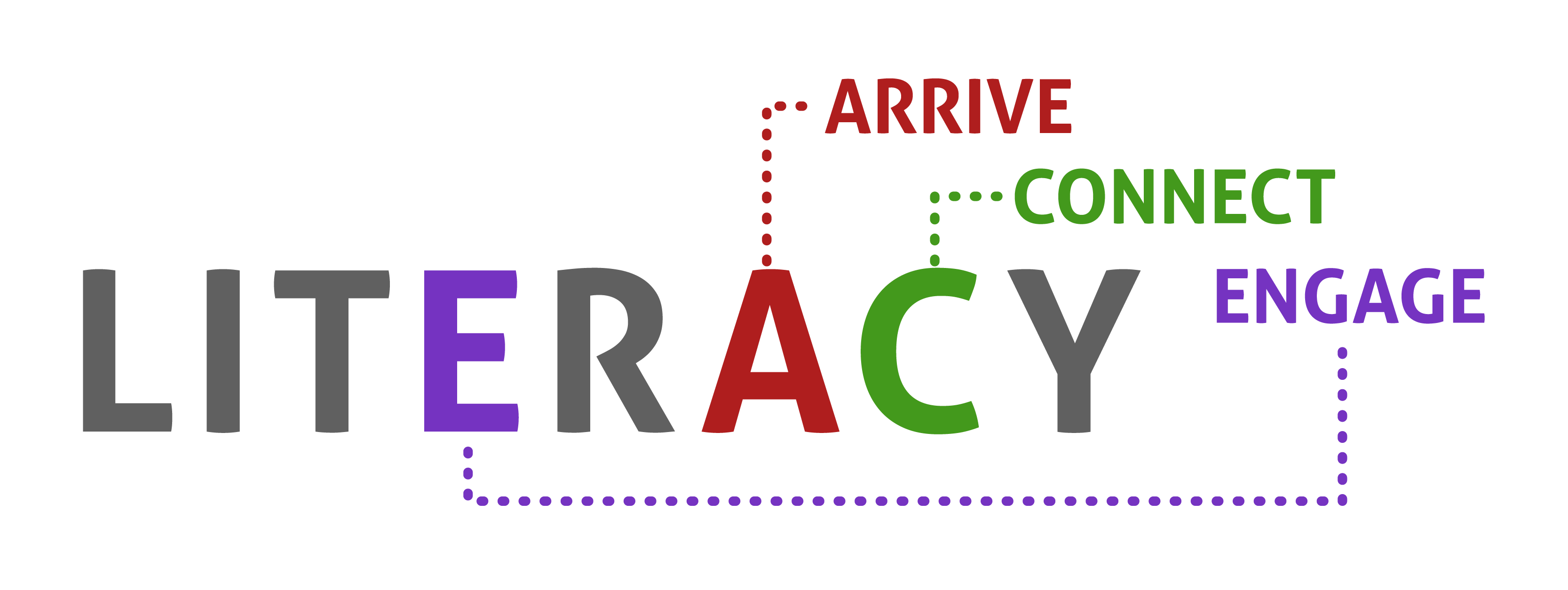One of the pair activities that my students enjoy is using a ‘Tap Sheet’.
With this tap sheet, each student writes their home country in the empty box on the sheet. Then, partner A begins speaking while simultaneously tapping on the words on the page.
“Where are you from? Partner B then answers, while tapping, “I am from _______.
Sharing finished projects is also a great pair activity that promotes communication. In this photo (right), the students share booklets that they have written about themselves.



Great Blog Joanne! Perfect little way to sum up what goes on in literacy. I really like the pictures you added to the description because it gives me a visual of some great ideas I can do in my class that I haven’t tried yet!
Lovely post. I love that you recognize that it might have taken each student a great deal to get to class that day. Great visuals in your post. I sure miss teaching those beginners.
Another that I used to use is yes/no cards where each student has two cards, one with y-e-s and anther with n-o on it. I ask them questions and they hold up their cards to answer. It works well with beginners.
Thanks for your post.
I really liked your post Joanne. Given the challenges literacy students face in their personal lives and all of the familial, employment and other obligations they have, their attendance and participation in class is, like you said, not something to take for granted. Thank you for sharing your experience and insights into teaching literacy learners in engaging and motivating ways!